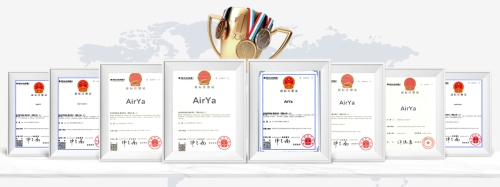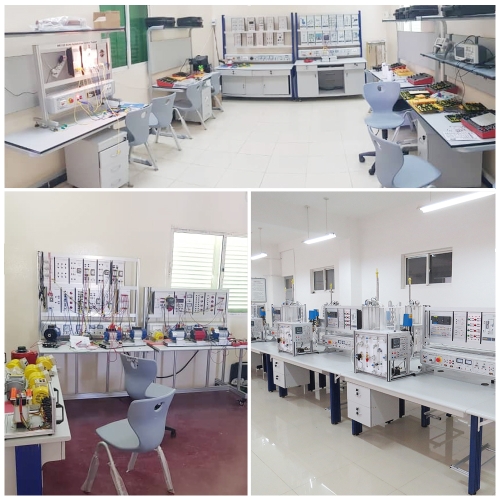Trainer For The Study Of Mechanical Vibrations Didactic Equipment Electrical Laboratory Equipment
Item No.: VBR-01 Trainer For The Study Of Mechanic
VBR-01 Trainer For The Study Of Mechanical Vibrations Didactic Equipment Electrical Laboratory Equipment

